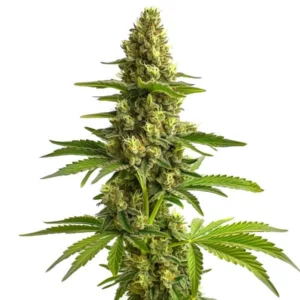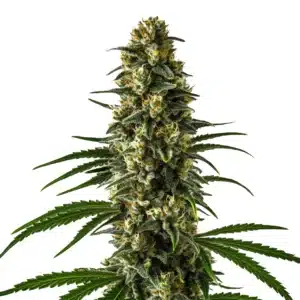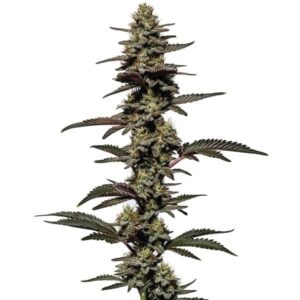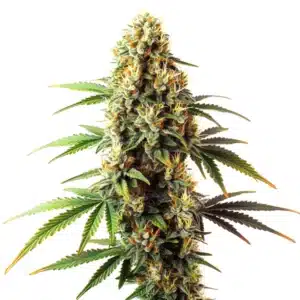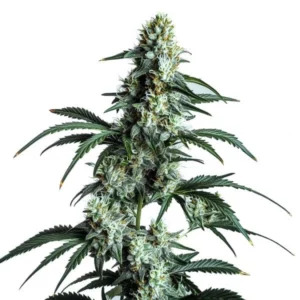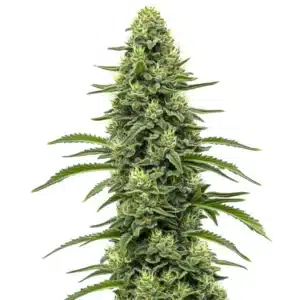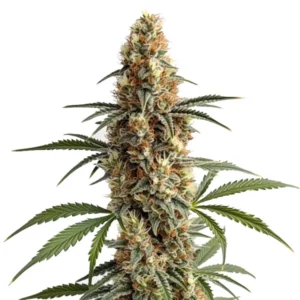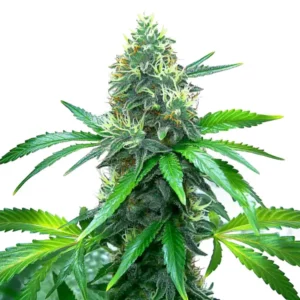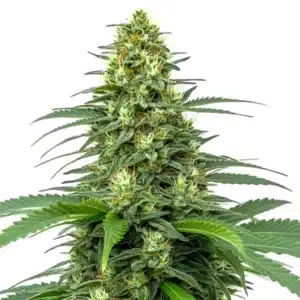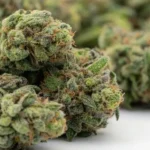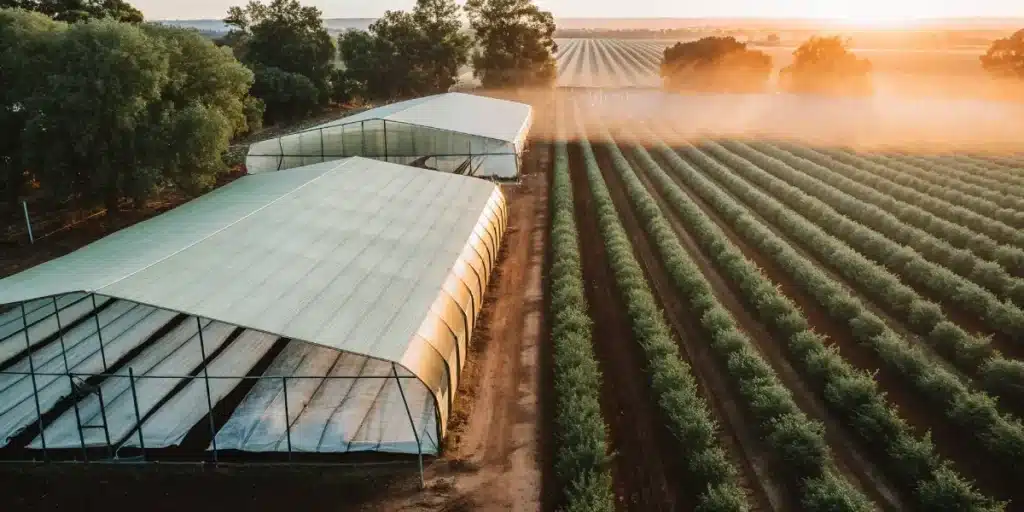
Reactive Oxygen Species and Cannabis Yield Quality
When cultivating cannabis, growers often encounter challenges that impact yield and quality. One of these challenges is managing Reactive oxygen species and cannabis yield quality, as ROS are molecules that contain oxygen and have unpaired electrons, making them highly reactive.
Reactive oxygen species can both positively and negatively influence cannabis plants. They are like a double-edged sword. On one side, ROS are vital for plant growth and development. On the other, excessive levels can cause oxidative stress, damaging plant cells and affecting yield quality.
Recommended Strains
Bruce Banner #3
|
|
THC | 20% - 29% (High) |
|
|
Type | Feminized |
|
|
Yield | Medium |
|
|
Phenotype | 50% Indica / 50% Sativa |
Girl Scout Cookies
|
|
THC | 18% - 25% (Medium) |
|
|
Type | Feminized |
|
|
Yield | High |
|
|
Phenotype | 60% Indica / 40% Sativa |
For anyone looking to improve cannabis yield through reactive oxygen species management, understanding these molecules’ balance is key. By maintaining the right levels, you can optimize the health and productivity of your cannabis plants.
Reactive Oxygen Species Impact on Cannabis Yield
Reactive oxygen species impact on cannabis yield is significant, as these molecules are involved in many plant processes. They help signal pathways and regulate plant growth. However, too much ROS can lead to cellular damage.
Oxidative stress, a condition caused by an imbalance in ROS, can result in wilting, reduced growth, and poor yield. This stress can be triggered by environmental factors like drought, heat, or even excessive light.
Managing reactive oxygen species and cannabis yield quality requires a comprehensive approach. This involves not only monitoring environmental conditions but also ensuring that plants have the appropriate defenses against stressors. Implementing practices such as regular pruning and using beneficial microbes can help maintain ROS at beneficial levels.
Another aspect to consider in reactive oxygen species impact on cannabis yield is the genetic predisposition of the plant itself. Selecting strains with natural resistance to stress can provide a buffer against oxidative damage, enabling better growth and higher yields even in less-than-ideal conditions.
Promos & Deals
Cannabis Yield Quality and Oxidative Stress
Oxidative stress impacts cannabis yield quality by affecting the plant’s cellular integrity. When cells are damaged, the plant’s ability to produce high-quality buds diminishes. This is why managing ROS is crucial for growers.
To mitigate oxidative stress in cannabis for better yield, growers need to create optimal growing conditions. This includes maintaining proper hydration, temperature, and light levels. By doing so, you can reduce the risk of excessive ROS production.
Cannabis yield quality and oxidative stress are intertwined, as the latter can lead to compromised plant metabolism and nutrient uptake. Ensuring that plants receive balanced nutrition can offset some of the negative effects of oxidative stress and promote healthier growth.
Additionally, integrating practices such as crop rotation and companion planting can enhance soil health, which in turn supports the plant’s resilience against oxidative stress. These strategies contribute to maintaining reactive oxygen species and cannabis yield quality.
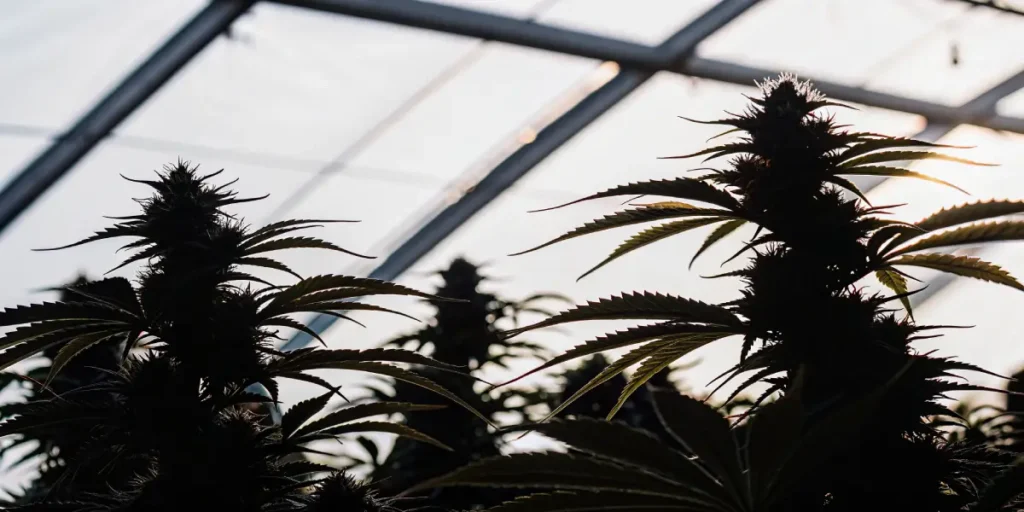
Improving Cannabis Yield Through Reactive Oxygen Species Management
One way to improve cannabis yield is by managing reactive oxygen species effectively. This involves regularly monitoring plant health and adjusting environmental conditions as needed.
For instance, if you notice signs of oxidative stress, such as leaf discoloration or stunted growth, it might be time to check your light levels or watering schedule. Adjusting these factors can help restore balance and improve yield.
Improving cannabis yield through reactive oxygen species management also encompasses using technology such as sensors and data analytics. These tools can provide real-time insights into plant health, allowing for precise adjustments to optimize growing conditions.
Incorporating organic practices and sustainable techniques can also play a vital role in reducing oxidative stress. By fostering a balanced ecosystem within your growing environment, you can naturally regulate ROS levels and enhance cannabis yield quality.
Role of Reactive Oxygen Species in Cannabis Cultivation
In cannabis cultivation, reactive oxygen species play a critical role. They are involved in processes like photosynthesis and pathogen defense. By understanding their function, growers can better harness their benefits.
For example, ROS can signal the plant to activate defense mechanisms when faced with pests. This natural response helps protect the plant and maintain yield quality. However, growers must ensure that ROS levels remain balanced to avoid negative effects.
The function of reactive oxygen species in cannabis cultivation extends to their influence on hormone signaling pathways, which can affect flowering and bud development. By managing these pathways, growers can potentially increase yield and improve bud quality.
Knowing the interactions between ROS and other plant systems, such as the antioxidant network, is essential for effective management. This knowledge can aid in developing cultivation strategies that promote healthy growth and mitigate oxidative stress.
Managing Oxidative Stress for Better Yield
Managing oxidative stress is essential for achieving better cannabis yield quality. Growers can take several steps to reduce stress and promote healthy growth.
First, ensure your plants receive adequate nutrients. Nutrient-rich soil or hydroponic solutions can help plants cope with stress. Additionally, using supplements like antioxidants can counteract ROS damage.
Oxidative stress mitigation in cannabis for better yield involves continuous assessment of environmental factors and plant health. Investing in quality growing equipment and maintaining a consistent care routine can make a significant difference in managing oxidative stress.
Collaborating with other growers and sharing best practices can also provide insights into innovative ways to handle ROS. This community approach helps improve overall cannabis yield quality by leveraging collective knowledge and experience.
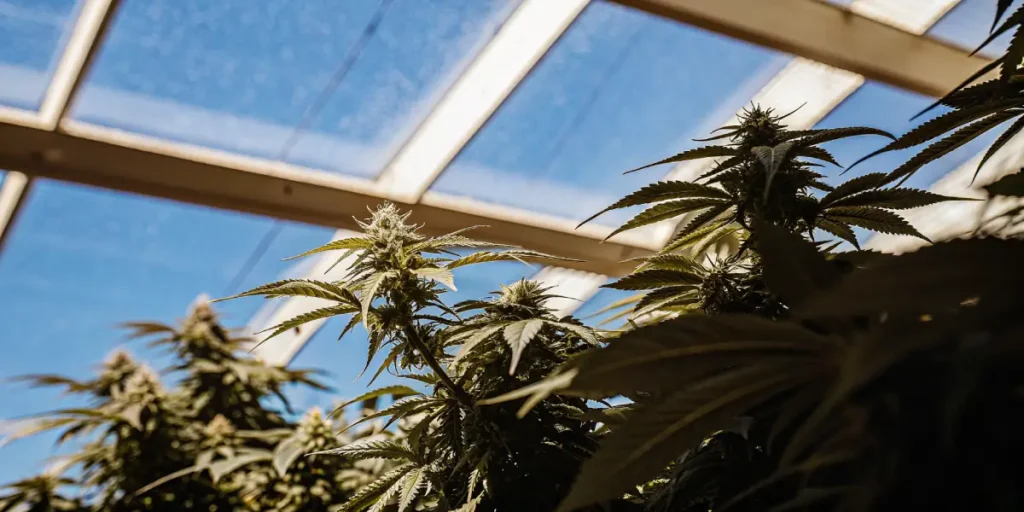
FAQs
What are reactive oxygen species in cannabis cultivation?
Reactive oxygen species in cannabis cultivation are molecules containing oxygen that can be highly reactive due to unpaired electrons. These species play a role in various plant processes, including growth regulation and stress response.
However, when ROS levels become too high, they can lead to oxidative stress, which damages plant cells and reduces yield quality. Managing these levels is crucial for successful cannabis cultivation.
Reactive oxygen species and cannabis yield quality are closely linked, as controlled ROS levels can enhance plant vigor and productivity. Growers who focus on this aspect often see improvements in both yield and quality.
Advanced cultivation techniques, such as controlled environment agriculture, can provide the precision needed to manage ROS effectively. This approach allows for fine-tuning of conditions to maintain a healthy balance of reactive oxygen species.
How does oxidative stress affect cannabis yield quality?
Oxidative stress affects cannabis yield quality by damaging plant cells. This stress occurs when there’s an imbalance between ROS production and the plant’s ability to detoxify these molecules.
As a result, plants may experience stunted growth, wilting, or poor bud production. Mitigating oxidative stress through proper cultivation practices can enhance yield quality.
Knowing the signs of oxidative stress early on can help growers implement timely interventions. Regularly inspecting plants for symptoms and acting promptly can prevent significant yield losses.
Incorporating technology, such as infrared imaging or chlorophyll fluorescence sensors, can provide non-invasive methods to detect and manage oxidative stress, ensuring consistent cannabis yield quality.
Can reactive oxygen species be beneficial for cannabis plants?
Yes, reactive oxygen species can be beneficial for cannabis plants. In controlled amounts, they aid in cellular processes like signaling pathways and defense against pathogens.
These benefits are why growers focus on balance. By maintaining optimal ROS levels, plants can grow healthily and produce high-quality yields.
Reactive oxygen species and cannabis yield quality are enhanced when ROS are harnessed to stimulate beneficial stress responses, such as increased resistance to pests and diseases.
Strategic manipulation of ROS through techniques like controlled stress induction can potentially lead to the development of more robust and higher-yielding cannabis strains.
What strains are recommended for managing ROS in cannabis cultivation?
For managing ROS in cannabis cultivation, strains like Bruce Banner 3, Girl Scout Cookies, and Sour Diesel from Blimburn Seeds are recommended. These strains are known for their resilience to environmental stressors.
Choosing resilient strains can help growers mitigate oxidative stress and improve yield quality, especially in challenging growing conditions.
Breeding programs that focus on enhancing natural resistance to ROS-related stress can provide new strains with improved cannabis yield quality and stress tolerance.
Exploring the genetic diversity within cannabis strains can also reveal traits that naturally confer better management of reactive oxygen species, offering opportunities for innovation in cultivation practices.
How can I reduce oxidative stress in my cannabis plants?
To reduce oxidative stress in cannabis plants, ensure they receive adequate water, nutrients, and light. Creating a balanced environment helps manage ROS levels naturally.
Additionally, consider using supplements like antioxidants to counteract ROS effects. Regular monitoring and adjusting growing conditions can significantly enhance yield quality.
Implementing integrated pest management practices can also minimize stressors that contribute to oxidative stress, thereby supporting better cannabis yield quality.
Engaging in continuous education and staying updated on the latest research can equip growers with effective strategies for managing oxidative stress, ensuring healthier plants and improved yields.


